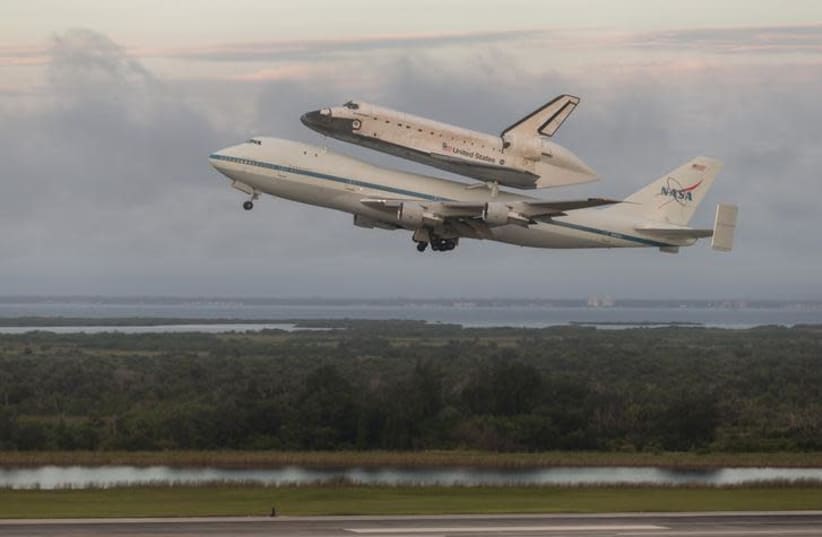The first Torah reading in orbit and 5 other fun facts about Jews in space
A new exhibit doesn’t quite answer theological questions about space, but it does show the ways in which Jews have looked at, written about and traveled into the final frontier.
